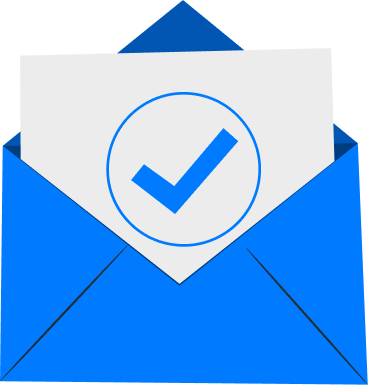Unlocking Potential: The Power of HR Analytics in Government
In the intricate machinery of government operations, human resources stand at the very core of its efficiency and impact. With evolving demands and an ever-changing workforce, it's crucial for government entities to adapt and innovate in their HR strategies. Enter HR Analytics not just a tool, but a transformative approach to harness data and elevate human capital management.
The Data Revolution in Human ResourcesGone are the days when HR decisions were based solely on intuition or traditional practices. Today, data-driven insights have become the compass for navigating the complexities of workforce management. HR Analytics involves the systematic collection, analysis, and interpretation of workforce data to drive strategic decisions in hiring, training, and retaining government employees.
For government professionals, this means leveraging data to better understand employee performance, engagement, and needs. Whether it's predicting attrition rates or identifying skill gaps, HR Analytics offers a granular view of the workforce, allowing for more informed decisions.
Enhancing Workforce EfficiencyEfficiency is paramount in government operations, and HR Analytics plays a pivotal role in achieving this. By analyzing data trends, government agencies can identify bottlenecks in their processes and take proactive measures. For example, through predictive analytics, agencies can foresee staffing shortages and plan recruitments accordingly, ensuring that public services are not disrupted.
Moreover, HR Analytics can help streamline training programs by pinpointing the specific needs of employees. Tailored training not only boosts inspanidual productivity but also enhances the overall capacity of governmental bodies to execute their mandates effectively.
Promoting Employee Well-beingThe well-being of government employees is intricately linked to the quality of public services delivered. By utilizing HR Analytics, government agencies can gain insights into workplace conditions, employee satisfaction, and mental health trends. This data-driven approach allows for the creation of targeted well-being initiatives, fostering a healthier work environment.
Furthermore, by understanding the challenges faced by their workforce, government employers can introduce flexible work policies and wellness programs that cater to the varied needs of their employees, thereby enhancing their motivation and engagement levels.
Strategic Talent AcquisitionRecruitment in the governmental sector is often a complex process, given the unique skill sets required. HR Analytics simplifies this by providing data-backed insights into the recruitment process. By analyzing applicant data, government agencies can predict the best fit for a role and improve the overall quality of hires.
In addition, by assessing past recruitment data, agencies can identify trends and patterns that affect hiring success, leading to more efficient and effective recruitment strategies.
The Path ForwardAs government entities continue to evolve in their operations, embracing HR Analytics is not just an option; it is a necessity. The integration of data-driven insights into HR processes promises enhanced efficiency, improved employee well-being, and strategic talent management. While the journey may require time and investment, the benefits far outweigh the costs, paving the way for a more dynamic and resilient government workforce.
In conclusion, HR Analytics stands as a beacon of innovation in the realm of government workforce management. By unlocking the potential of data, government professionals can not only address the challenges of today but also prepare for the uncertainties of tomorrow, ensuring a robust and responsive public service sector.





